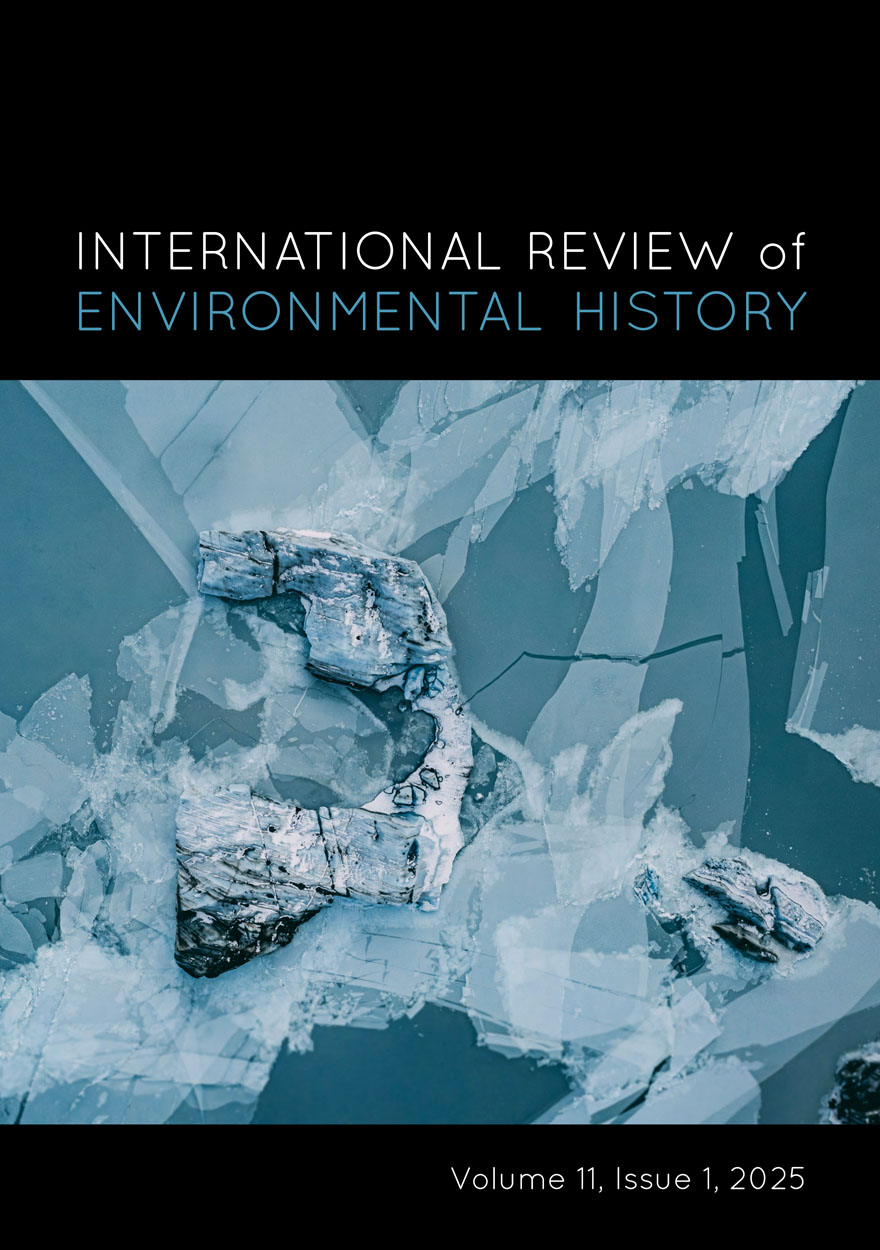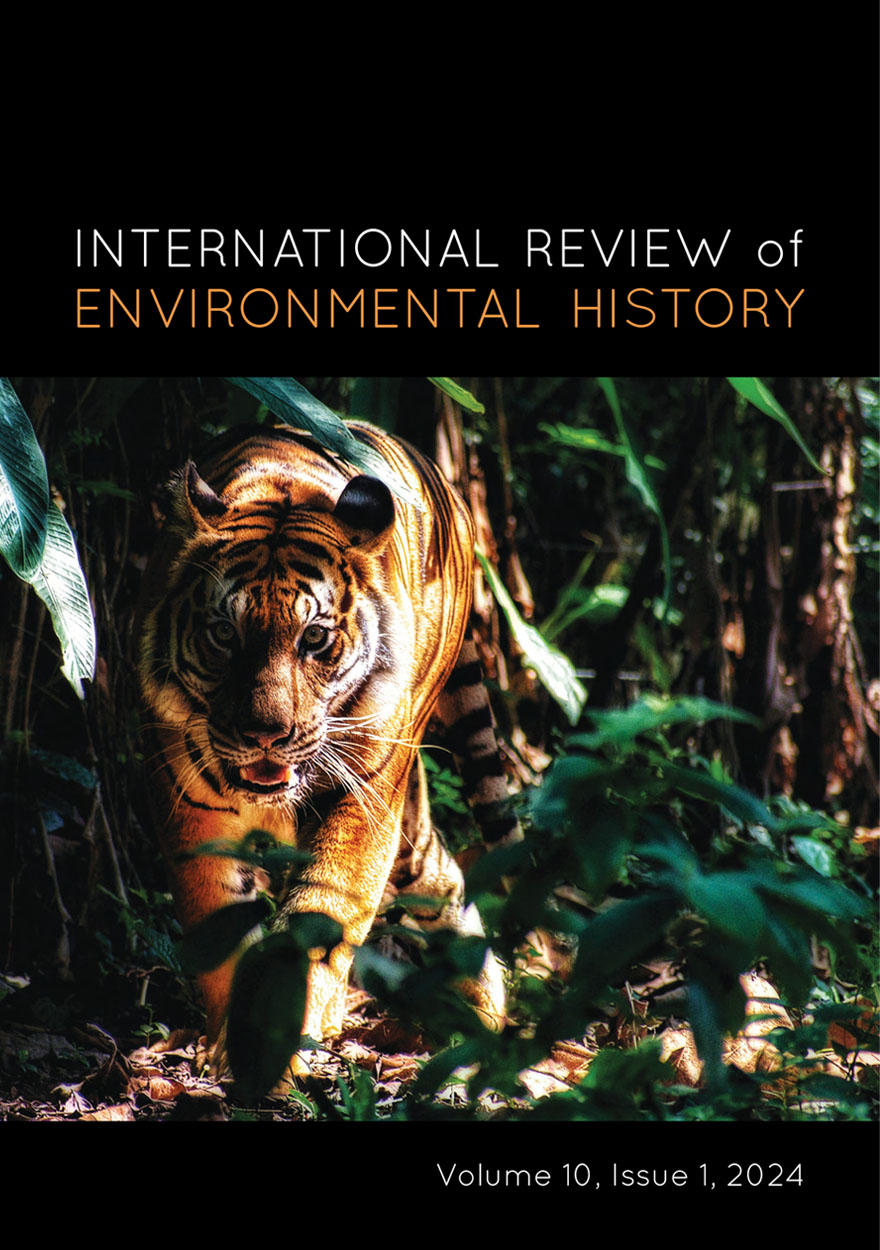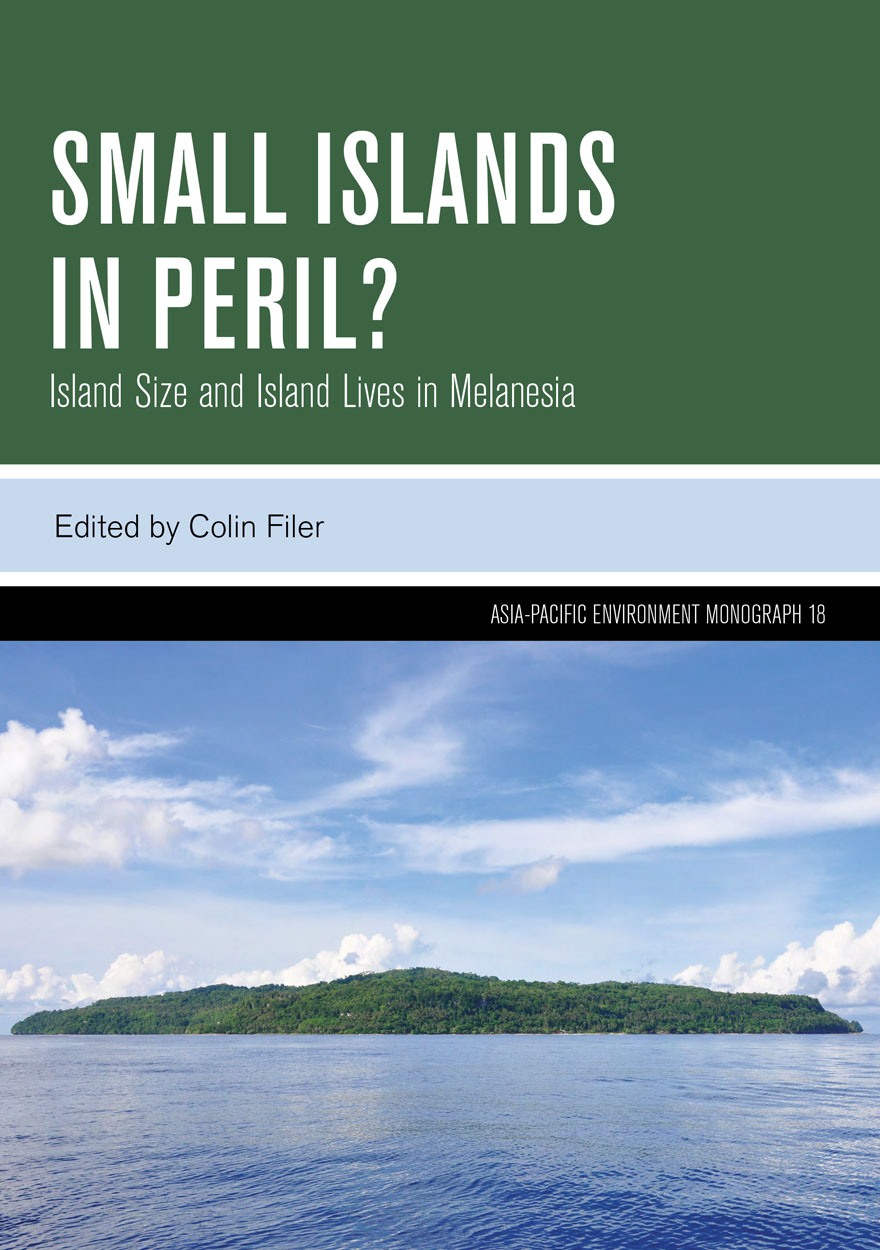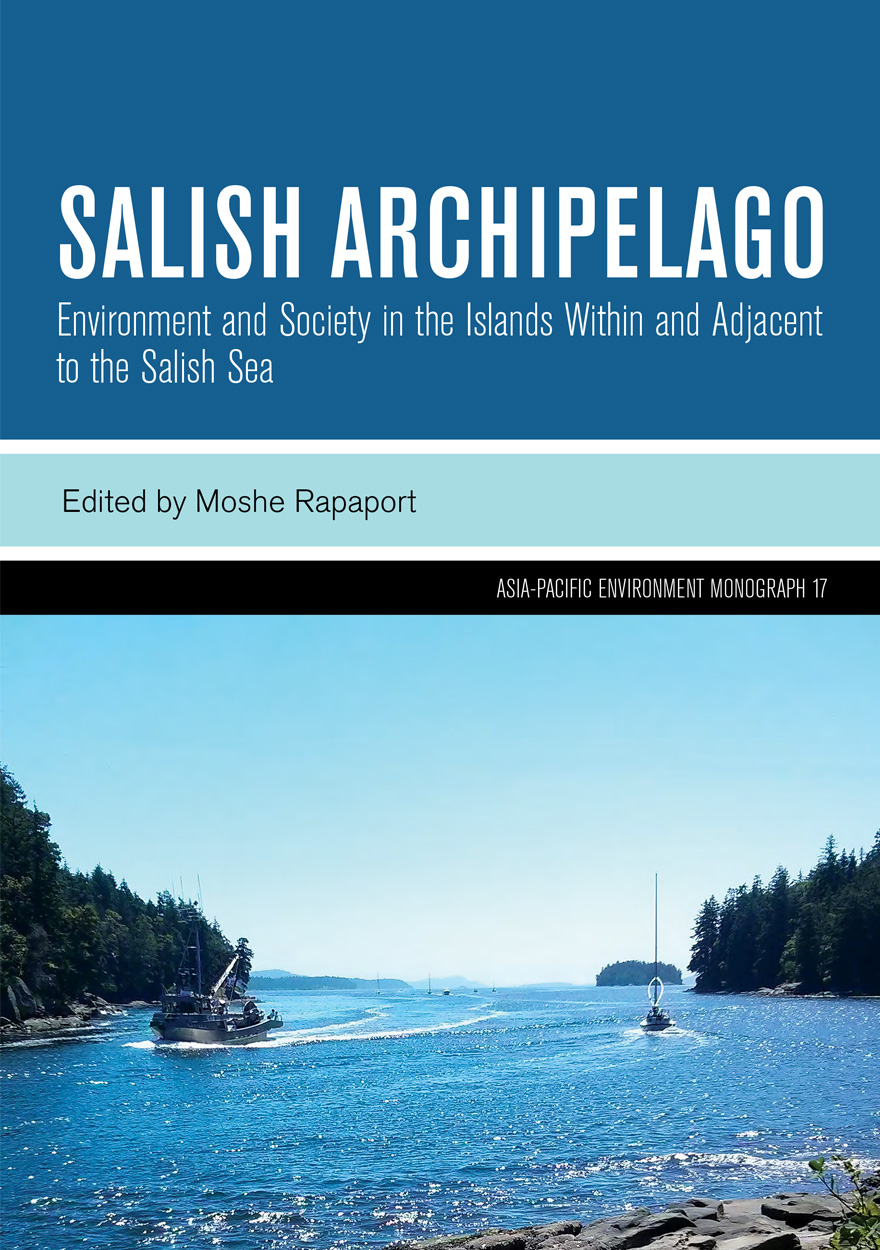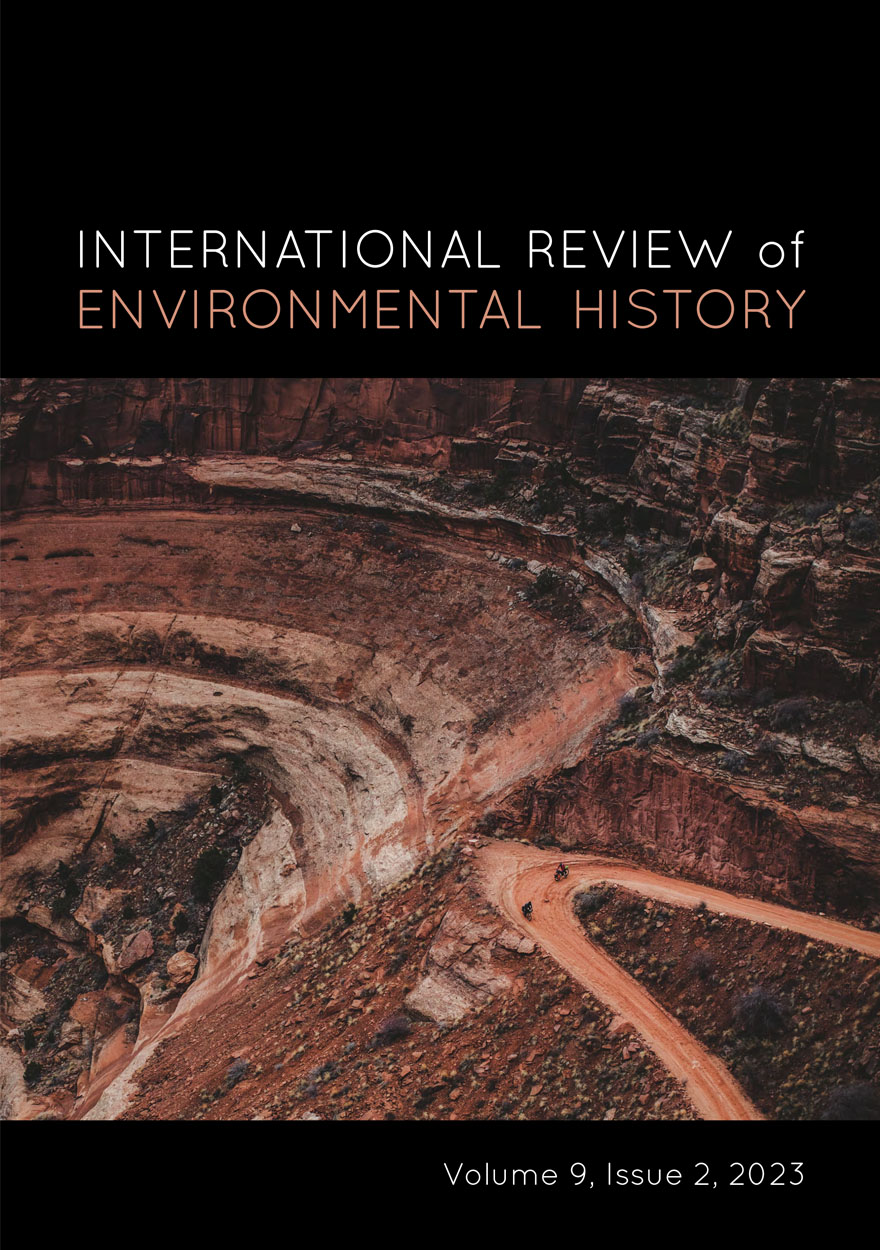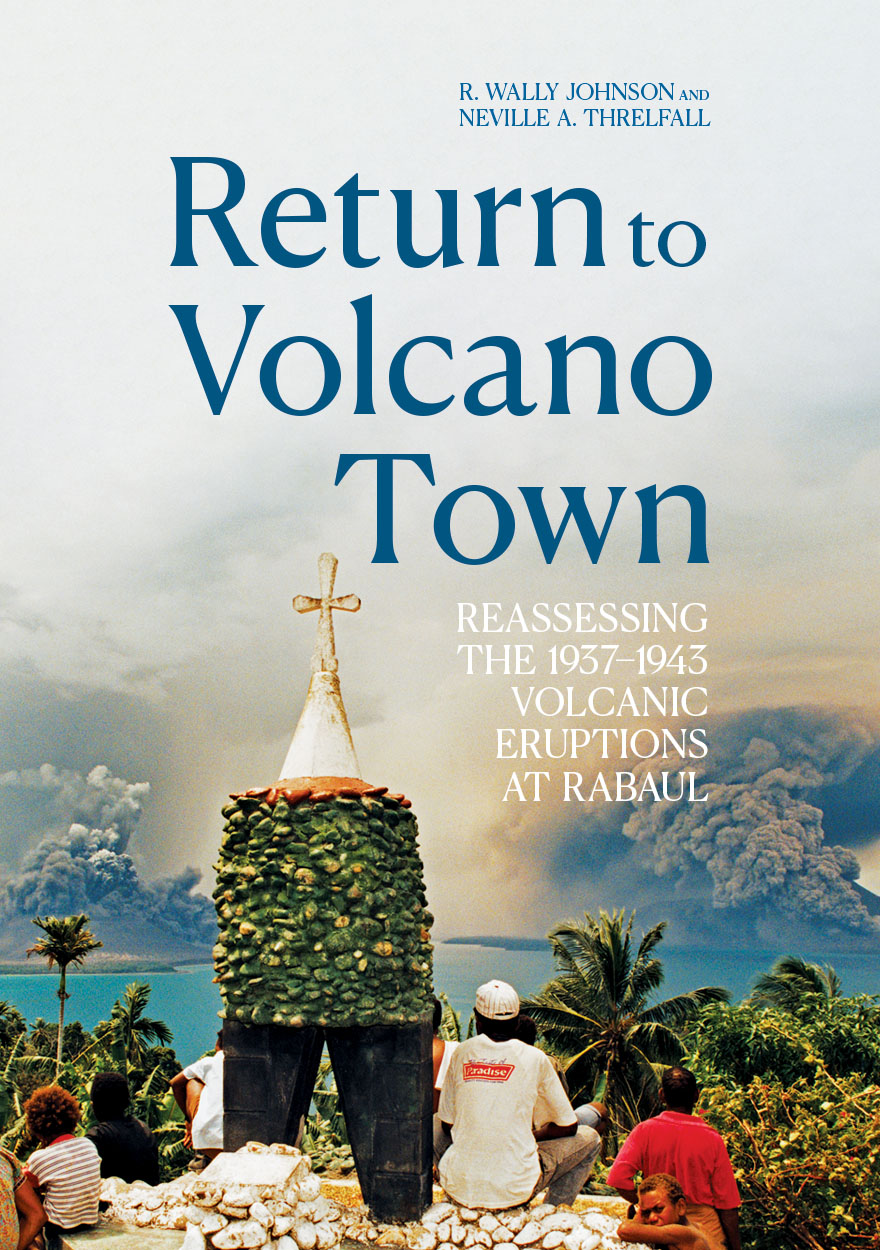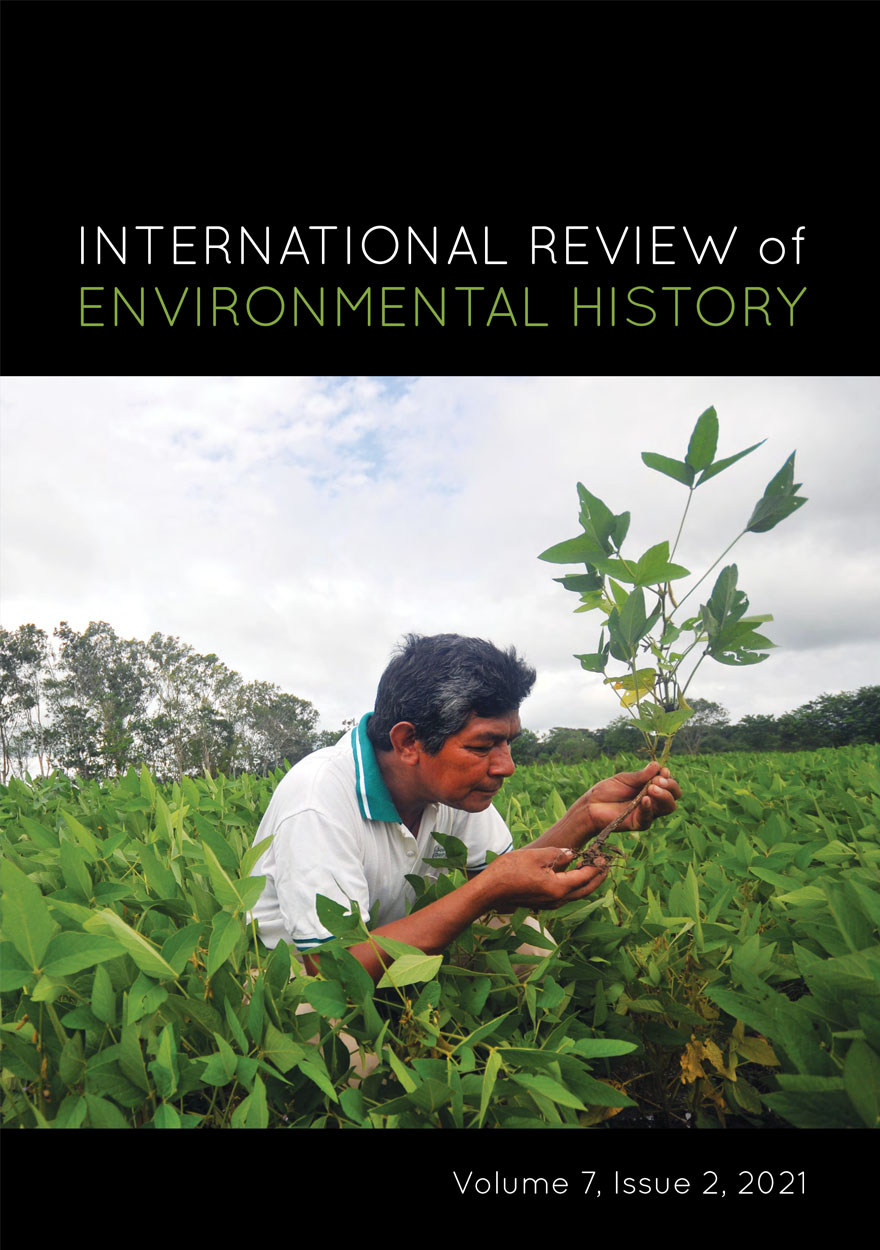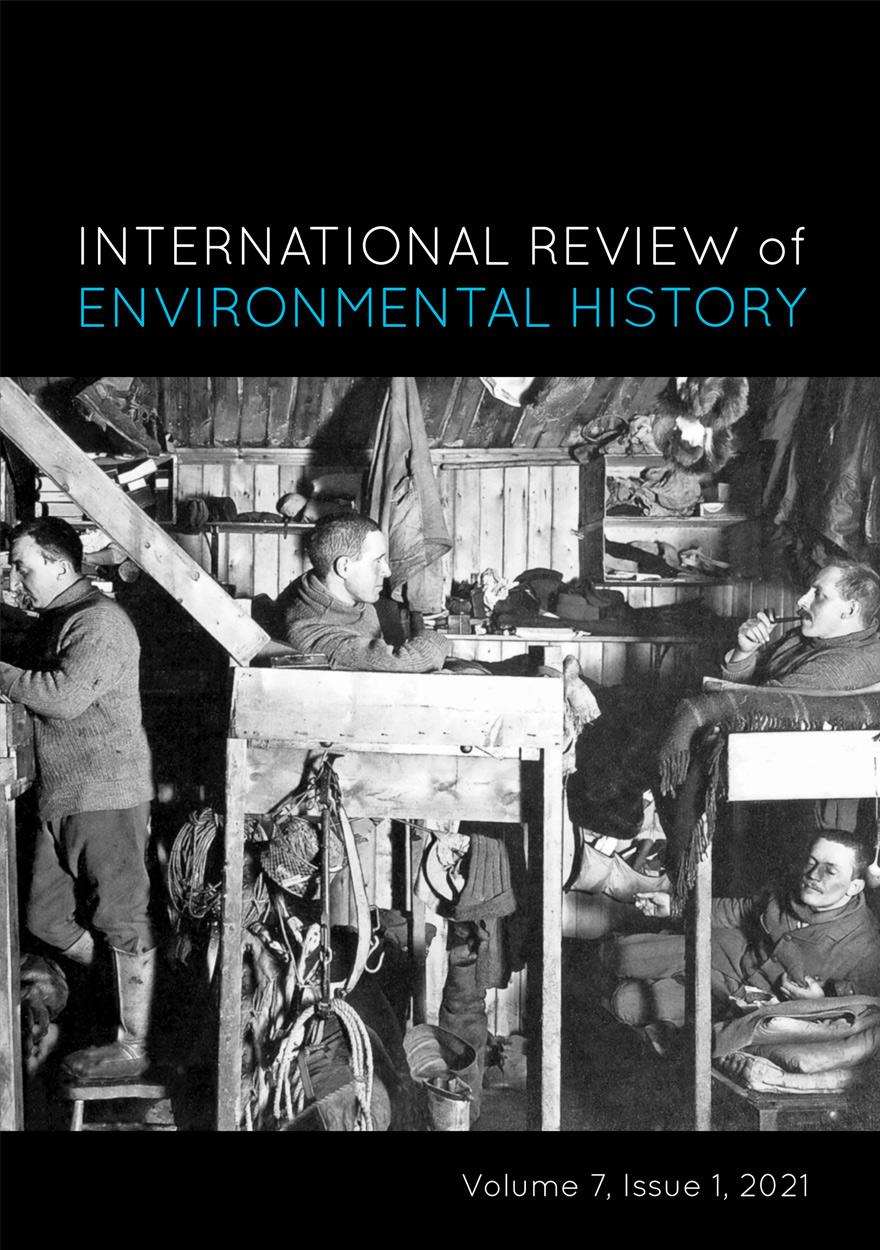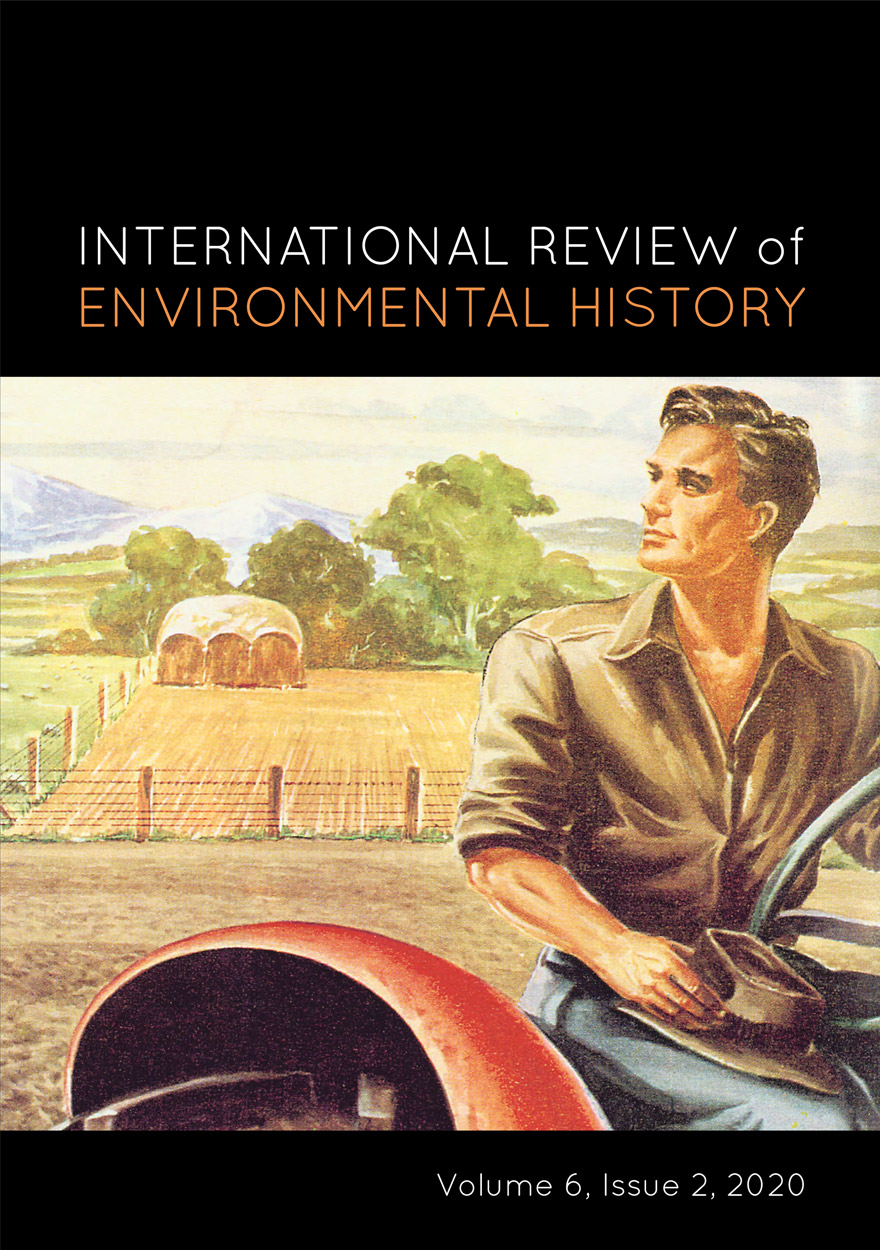
Georges River Blues
Swamps, Mangroves and Resident Action, 1945–1980
Authored by: Heather GoodallPlease read Conditions of use before downloading the formats.
Description
The lower Georges River, on Dharawal and Dharug lands, was a place of fishing grounds, swimming holes and picnics in the early twentieth century. But this all changed after World War II, when rapidly expanding industry and increasing population fell heaviest on this river, polluting its waters and destroying its bush.
Local people campaigned to defend their river. They battled municipal councils, who were themselves struggling against an explosion of garbage as population and economy changed. In these blues (an Australian term for conflict), it was mangroves and swamps that became the focus of the fight. Mangroves were expanding because of increasing pollution and early climate change. Councils wanted to solve their garbage problems by bulldozing mangroves and bushland, dumping garbage and, eventually, building playing fields. So they attacked mangroves as useless swamps that harboured disease. Residents defended mangroves by mobilising ecological science to show that these plants nurtured immature fish and protected the river’s health.
These suburban resident action campaigns have been ignored by histories of the Australian environmental movement, which have instead focused on campaigns to save distant ‘wilderness’ or inner-city built environments. The Georges River environmental conflicts may have been less theatrical, but they were fought out just as bitterly. And local Georges River campaigners – men, women and often children – were just as tenacious. They struggled to ‘keep bushland in our suburbs’, laying the foundation for today’s widespread urban environmental consciousness.
Cover: Ruth Staples was a courageous Georges River campaigner who lived all her life around Lime Kiln Bay at Oatley West. She kept on fighting to regenerate the river until her death, aged 90, in 2020.
Details
- ISBN (print):
- 9781760464622
- ISBN (online):
- 9781760464639
- Publication date:
- Feb 2022
- Imprint:
- ANU Press
- DOI:
- http://doi.org/10.22459/GRB.2021
- Series:
- World Forest History Series
- Disciplines:
- Arts & Humanities: Cultural Studies, History; Science: Environmental Sciences, Geography
- Countries:
- Australia
PDF Chapters
Please read Conditions of use before downloading the formats.
If your web browser doesn't automatically open these files, please download a PDF reader application such as the free Adobe Acrobat Reader.
To copy a chapter DOI link, right-click (on a PC) or control+click (on a Mac) and then select ‘Copy link location’.
- Preliminary Pages (PDF, 0.2MB)
- Usage and Spelling (PDF, 0.1MB)
- List of Maps (PDF, 0.1MB)
- List of Figures (PDF, 0.1MB)
- Abbreviations (PDF, 0.1MB)
- Acknowledgements (PDF, 0.1MB)
- Preface (PDF, 0.1MB)
Part I: Introducing the Picnic River
- A City River and its Bush (PDF, 2.1MB) doi
- The Picnic River: Pleasure Grounds and Waste Lands (PDF, 4.0MB) doi
Part II: Initial Shock
Part III: Death of the Picnic River
- Outlooks and Oysters (PDF, 1.0MB) doi
- Sewers, Sociality and Mangrove Swamps (PDF, 0.5MB) doi
- Garbage: ‘Reclamations’ and Casualties (PDF, 1.0MB) doi
Part IV: The ‘Mangrovites’ Fight Back
- Change and the Picnic River (PDF, 0.6MB) doi
- View from the Heights: Little Salt Pan Creek (PDF, 0.5MB) doi
- Fishers, Boats and Dredges: Great Moon Bay (PDF, 1.3MB) doi
- Politics, Picnics and Playing Fields: Lime Kiln Bay (PDF, 1.8MB) doi
- Mud, ‘Mangrovites’ and Oatley Bay (PDF, 1.6MB) doi
- Atoms and Airports: Towra Point (PDF, 0.6MB) doi
Part V: Conclusions
Other publications that may interest you




